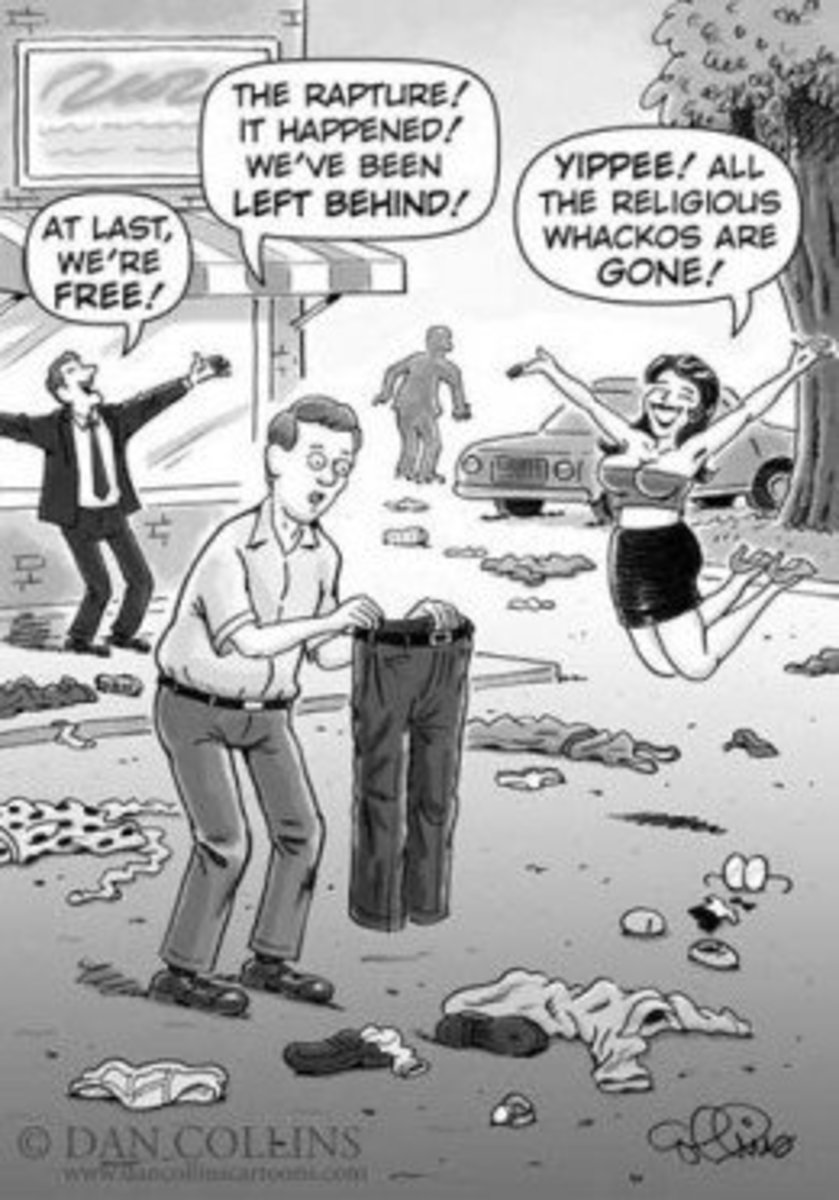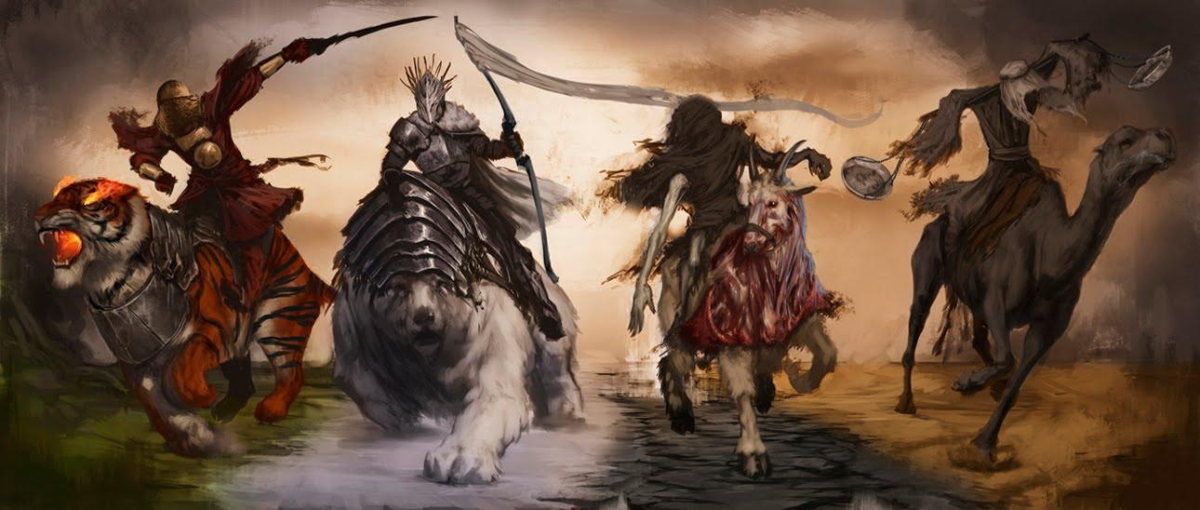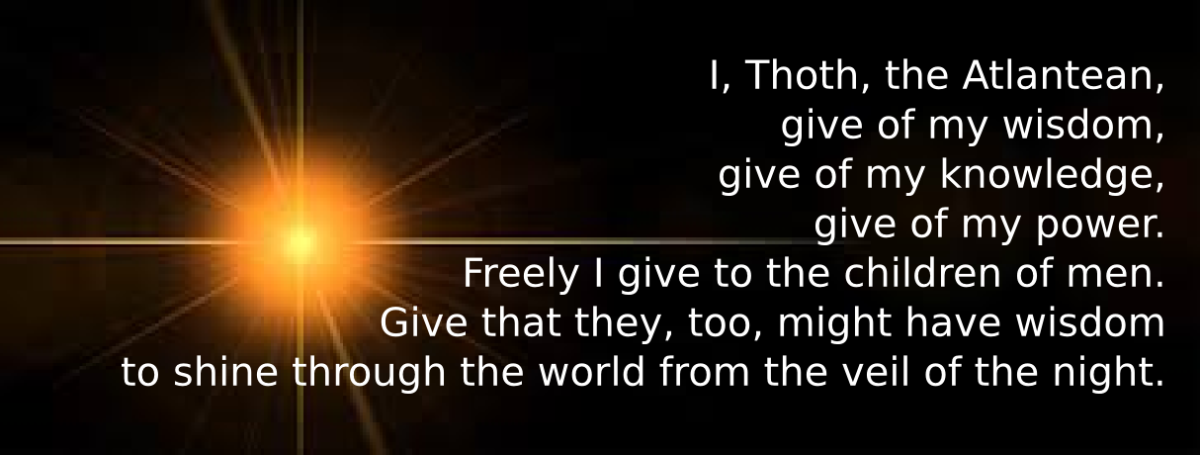End-of-the-World Predictions Reveal the Fate of Humanity
You don't have to be a doomsday prepper to know that the world is in trouble.
The same ominous narrative that seems to be taken out of the Book of Revelation word for word is broadcasted from every news outlet 24/7, which begs the question: are we living in the end times?
Let's not drink the kool aid just yet: every generation faces unique challenges that were non-existent before. Instead, let's examine three major end-of-the-world (eschatological) traditions: Christian, Jewish, and Mayan, in the hope of finding what "the end of the world" really means.
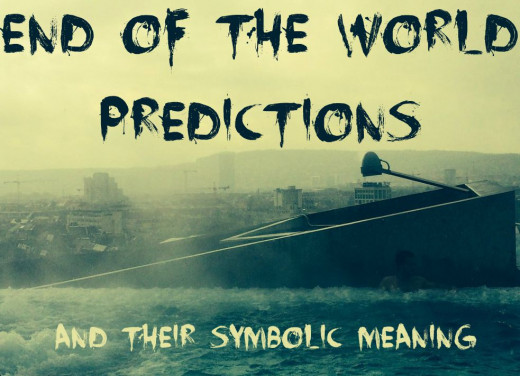
The term "eschatology" refers to religious teachings and beliefs about the final events in human history, 'the end of days'.
Christian Eschatology: The Four Horsemen of the Apocalypse
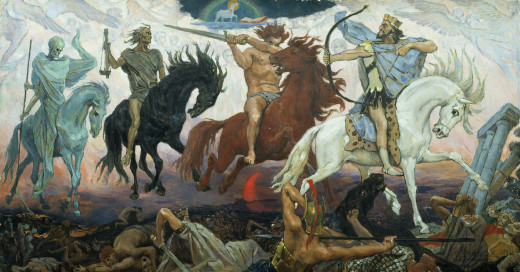
The biblical Book of Revelation, allegedly written by Apostle John, is full of grim references to the end of times.
Most notably, Revelation 6 describes "The Four Horsemen of the Apocalypse" which represent the four signs of the end times.
The word "Apocalypse" (Greek "apokalupis") means an uncovering, a revelation, an unveiling of a great secret.
The first one is the white horseman:
6:2 And I saw, and behold a white horse: and he that sat on him had a bow; and a crown was given unto him: and he went forth conquering, and to conquer.
The white horseman is commonly referred to as "Conquest," but many Christian scholars believe him to be the Antichrist. He is wearing a crown, indicating that he'll be given authority over the people of the world.
After the white horse (false purity) comes the red horseman (the color of blood and fire):
6:4 And there went out another horse [that was] red: and [power] was given to him that sat thereon to take peace from the earth, and that they should kill one another: and there was given unto him a great sword.
The red horseman may refer to a catastrophic war of global proportions.
A common consequence of war - famine - comes next, represented by the black horseman:
6:6 And I beheld, and lo a black horse; and he that sat on him had a pair of balances in his hand." "And I heard a voice in the midst of the four beasts say, A measure of wheat for a penny, and three measures of barley for a penny; and [see] thou hurt not the oil and the wine".
John is saying that food will be scarce, and expensive. The black horseman may refer to an astronomical inflation and other economic mores that will put many people on the brink of starvation and death.
6:8 "And I looked, and behold a pale horse: and his name that sat on him was Death, and Hell followed with him. And power was given unto them over the fourth part of the earth, to kill with sword, and with hunger, and with death, and with the beasts of the earth."
The pale horseman symbolizes death and destruction. He is the culmination of all the previous mores. The line about "over a fourth of the earth" may refer to the death of 1/4 of Earth's population (about 2 Billion people).
After the Judgment
Although there isn't a singular view on what happens after the Final Judgment, most Christian scholars agree on one central event: the second coming of Jesus Christ, when the righteous people inherit "the new heavens and the new earth".

Jewish Eschatology: The End of Days
I believe with full faith in the coming of the Messiah. And even though he tarries, with all that, I await his arrival with every day. -- Mishna Torah
The Jewish tradition is saturated with fervent anticipation of the final days and the coming of Mashiach (Messiah, 'anointed one,' 'Christ'), ushering in the utopian Messianic Age.
Although the Messiah is thought to be the future King of Israel and the descendant of King David, he is prophesied to bring peace to the whole world.
He is not thought to be an incarnation of Jesus, or a supernatural being. The Jewish Messiah is a flesh and blood human, perhaps a political or a religious leader. In fact, it's not important who he is; the Judaic tradition rather focuses on the concrete results of his arrival -
"an age when warfare will be abolished, when justice and compassion will be axioms of all".3
It will also be a time of a great spiritual revival,
"For the earth shall be filled with the knowledge of God, as the waters cover the sea (Isaiah 11:9).
That's why Jews rejected Jesus of Nazareth as the Messiah: Jesus' teaching, although transformational, did not result in world peace, prosperity for all, resurrection of dead saints, restored Temple etc.
Another important difference between Judaic and Christian doctrines is that the concept of the Messiah in Judaism is closely related to the concept of tikkun olam - Hebrew for "healing the world". People cannot just passively wait for the Messiah to save them. You must take righteous action (study of Torah, acts of kindness, etc.) to bring about the Messianic Age.
It should be noted that although the Messianic Age is associated with worldwide harmony and brotherhood, the end of days will stir up a great deal of conflict and tribulation. As one of the Talmud sages said, "Let the end of days come, but may I not live to see them".
The Zohar on the End Times
The Mayan Prophecies: 'The Time of No Time'
It is going to be a good era. ... We are going to be better.
-- Mayan spiritual master Ollin Yolotzin
One in 10 people feared that the world will end on December 21, 2012, thanks to an ancient Mayan prophecy.1
The date came, and nothing happened. Everyone sighed with relief, and declared that the prophecy was false, like every end-of-the-world prediction.
Trouble with that is: Mayan prophecy wasn't about the end of the world. On the contrary, it was about the beginning of a new time cycle, and the return of their creator gods, 'the men of wisdom'.
"Many Maya believed that their gods who created the world 5125 years ago would return.2
This new cycle represents a giant evolutionary leap forward, but like any major change, it will be preceded by great natural disasters and other tribulations. Many of those disasters will be a direct result of mankind's activities and total disregard for the preservation of the environment.
These challenging times, however, have the potential to propel the human civilization into the Golden Age of peace, harmony and compassion.
So where does the date December 21, 2012 come from?
The Mayans believed time to be cyclical, and to represent the stages of human spiritual consciousness. When one cycle ends, another one begins.
December 21, 2012 was the end of the current calendar cycle that began on Aug. 13, 3114 B.C. It signaled the end, but also the beginning of the new era in human history; the era that will change everything we presume to know about the world.
A message from a Mayan elder
End Times Comparison Table
Tradition
| Christian
| Jewish
| Mayan
|
|---|---|---|---|
Approximate Time Frame
| unknown
| Before the year 6000 (it is now year 5776)
| December 21, 2012
|
Messianic Figure(s)
| yes
| yes
| yes
|
A period of tribulation
| yes
| yes
| yes
|
Spiritual Transformation
| yes
| yes
| yes
|
Symbolism or Actual Events?
The aforementioned traditions prophesying 'the end times' do have important points of convergence:
- the times of great transition, global change
- the period of judgment and tribulation
- a mysterious charismatic figure (or figures) who will be revealed during these times
- a new era of global peace and social justice
- "the Golden Age" of spiritual evolution and holiness, when all people come to know God directly.
However, religious eschatology is a complex subject. The events described could also be symbolic rather than literal descriptions of the end times and the World to Come.
Emotionally impactful and vivid, allegory was often used in religious writings to convey complicated spiritual concepts, and only the most orthodox believers consider religious texts to be the literal word of God describing factual events.
For example, esoteric Christianity views the second coming of the Son of God as a symbolic manifestation of a new soul body that is the Christ consciousness within, rather than a physical reincarnation of Jesus of Nazareth.
Jewish Kabbalah also views the Messiah as the Light within. It's not a person but rather an inner spiritual force that can elevate humanity to the next level of existence.
Similarly, the Mayan calendar represents stages or levels of consciousness, as well as time cycles. When an old era comes to an end, a new one begins, ushering in a higher level of consciousness. Other ancient traditions like Hinduism, Mithraism, Hopi, Islamic astrology etc. parallel Mayan prophecies about the new world and the evolution of consciousness.
From a symbolic perspective, Mayan time cycles, the Jewish Messiah and the Apocalypse could be spiritual rather than factual events. Perhaps, these ancient prophecies are meant to give us a symbolic map, to assure us that the world is evolving, and that there is a plan, for all of us.
Apocalypse Poll
Do You Think We are Living in the End Times?
© 2015 Lana Adler

